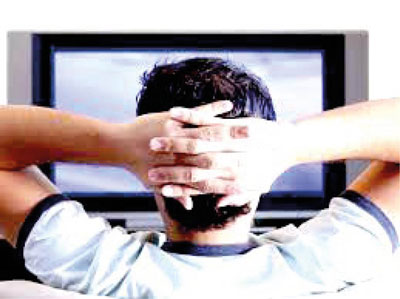Researchers examined the link between hours spent watching TV and the risk of potentially fatal blood clots.
They found that prolonged TV watching is linked to a 35% higher risk of developing venous thromboembolism (VTE)Trusted Source than watching TV for shorter periods.
The researchers say that their findings do not prove causation and that more research is necessary before making any conclusions.
The hardening or narrowing of arteries — through atherosclerotic cardiovascular disease (CVD)Trusted Source — and potentially fatal blood clots in the veins called VTE are related and sha-reTrusted Source common risk factors, including obesity and smoking.
StudiesTrusted Source have shown that prolonged sedentary behavior, or physical inactivity, is linked to an increased risk of vascular conditions such as CVD and VTE.
Watching TV is a significant part of sedentary leisure time. ResearchTrusted Source indicates a link between TV watching time and CVD. However, studies on the link between TV watching time and VTE have varied — some supportTrusted Source the association, while others negateTrusted Source it.
An analysis of different studies looking at the link between TV watching and VTE could help researchers and the public better understand the risk factors for the condition.
In a recent study, researchers from Finland, Ghana, and the United Kingdom conducted a meta-analysis of three studies examining the link between TV watching time and VTE. They found that watching TV for longer was associated with a higher risk of developing VTE.
“General findings highlight the need for everybody to be physically active,“ Dr. Setor Kunutsor, lead author of the study, told Medical News Today.
“If you want to binge on TV viewing, take breaks in-between. Stand and stretch every 30 mins.” “For people whose jobs involve sitting for long hours, take regular breaks in-between; they will need to also increase their physical activity levels, as there is evidence showing that higher volumes of moderate and vigorous activity can reduce, or even eliminate, the risks associated with sedentary behavior.”
The study appears in the European Journal of Preventive Cardiology.
Meta-analysis
Of 28 potential studies examining the relationship between watching TV and the risk of first VTE events, the researchers selected three published between 2016 and 2021. Altogether, these studies included 131,421 participants from the United States and Japan.










